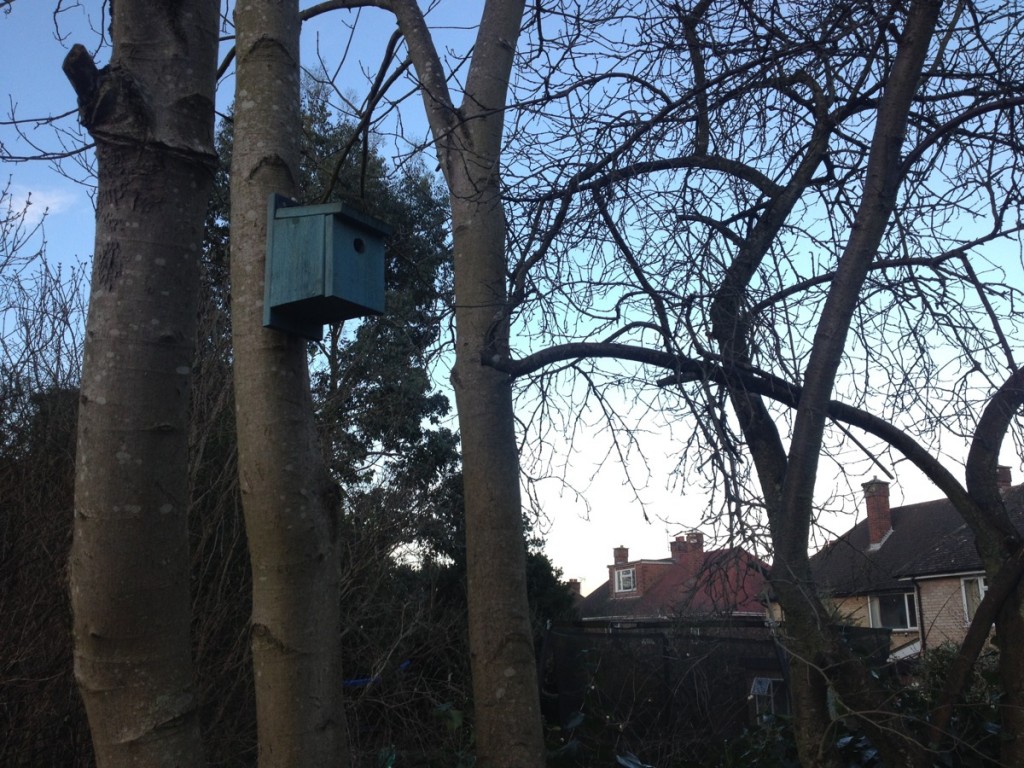
It’s the RSPB’s Big Garden Birdwatch at the end of this month (January 30th-31st). Do order a free pack and join in. This annual event is a wonderful excuse to sit (inside or outside) and look at your garden for an hour, while you watch and count the birds. I love having a garden full of birds. Watching birds hop and scamper about the trees and borders is endlessly fascinating, and it’s such a pleasure catching glimpses of them through the windows in winter. I can happily spend ages watching a jay burying acorns in the lawn. And nothing beats that moment when you’re weeding and a robin jumps bravely close to pull up a worm in the soil that you have so helpfully loosened!
But if you want to take part in the Big Garden Birdwatch, then there are a few things you ought to be doing now. You can’t just pop a feeder up that morning and expect the birds to appear. They’ll need to discover that it’s there first, and that takes time. So start getting ready now, and while you’re at it, have a think about what else you can do to make your garden more bird-friendly.
There are lots of ways to draw birds into your garden. One good way is to grow food for birds in the form of berries. In my garden this month, the hawthorn tree has been very popular with blackbirds who are working their way through all of the overripe haws that remain on its bare, thorny branches. They have also been pecking at the last few, plump crab apples on my Malus Red Sentinel. Jays, which are noisy but beautiful, are also keen on the crab apples, and eat our cherries in the summer. Fat wood pigeons have been gobbling ivy berries this week, perching precariously atop my fence. I keep waiting for one to fall off! This is why I don’t prune ivy in autumn. You need to let it reach the top of the fence so it will flower and the berries will set. Ivy’s growth actually changes and slows down once it reaches a certain height, and then it becomes a wonderful winter food source for birds.
A second way to encourage birds is to provide inviting habitats for them. Leave your borders slightly messy over winter to provide cover for ground feeders like blackbirds and robins. Seedheads left unpruned in autumn will dry out and become winter larders for seed eaters like goldfinches. It’s a reason to be lazy and skip the big autumn tidy-up that so many gardeners feel the need to do. I love watching my resident, grey-brown dunnock hunting about for small insects and seeds among the fallen, dry leaves and last summer’s collapsed foliage. I occasionally also see a tiny, mouse-like wren, its tail stuck up like a tick, crawling around in the wisteria or on the bark of my elder tree looking for spiders and grubs. If you can encourage birds to set up home in your garden, then you’ll have birdsong and the joy of watching them all year round.
The third and probably easiest way to encourage birds into your garden is to feed them. I set up a bird feeding station, in clear view of the living room window, very soon after we moved into this house. It’s a six foot metal pole, which you stab into the ground, with arched metal arms coming off it at various points, with hooks at the ends for hanging bird feeders. It came with a mesh food tray and plastic water tray but I have since chucked both of these. The mesh tray became a squirrel seat, allowing squirrels to comfortably reach and eat all of the bird food at their leisure, and the water tray couldn’t easily be removed to be cleaned so it was permanently filled with manky water (not good for the birds).
I’d suggest spending a little more money to buy feeders with metal fixings and perches to stop the squirrels chewing their way into them. I had to throw away a couple of broken, cheap plastic feeders before I learned that lesson. I have tried buying feeders with cages around them that claim to be squirrel proof but have yet to find one that really can keep a squirrel out. To be honest, I don’t begrudge the squirrels a few seeds, I just don’t want them to destroy the feeder or guzzle the lot. Share and share alike.
You can buy countless types of bird food – no mess mixes, peanuts, nyjer seed, suet blocks, fat balls, mealworms, coconut shells, buggy bites, nutty butters and fruity nibbles, to name just a few! Some cheap seed mixes only really attract pigeons who eat so messily that you end up with wheat seeds self-setting all over the ground beneath the feeder. Peanuts are just squirrel magnets. Fat balls get ignored by the birds in my garden and simply sit there until they go damp and mouldy. Nut butter tubs and mealworms are too expensive for my budget. So I find the best thing to fill my bird feeders with is sunflower hearts. The birds I really want to attract love them. Beautiful goldfinches, chaffinches, greenfinches, blue tits, long-tailed tits and great tits, flit back and forth between the cover of the hawthorn tree and the feeder, and in early summer, we watch the blue tit parents feeding their gawky, clumsy fledglings there.
A good tip is to position your bird feeders carefully. Smaller birds will want cover close to the feeder so that they feel safe coming for the food. So place the feeders near to shrubs or trees. But be careful not to place the feeders where cats can easily reach them. You must also keep them well cleaned to avoid spreading diseases. Lastly, try to find some place in your garden where you can provide water for birds. I have a large, glazed planter tray, which birds can drink from and bath in. And they do!
I fed the birds when we lived in London too. There, we mostly got ugly, feral pigeons, who lumbered about on the floor under the feeder waiting for seed to drop, mobs of greedy starlings who could devour a whole feeder’s worth of fat balls in minutes, and rarely but wonderfully, a flock of cheerful house sparrows, and goldfinches, who came for the sunflower hearts and nyjer seeds. Although, on one memorable occasion, a kestrel (or possibly sparrowhawk – your opinions are welcome, see my blurry photo below) landed in our shared back garden and proceeded to eat its kill outside my kitchen window, leaving the guts behind for me to clear up when it had finished. Yuck!
My mother is lucky enough to have both greater spotted and green woodpeckers visit her garden in Surrey, along with chatty, emerald green, ring-necked parakeets, an exotic but now common interloper in the south east. My sister’s last garden, a small, sheltered, walled garden in Norwich, was occasionally host to migrating redwings. And I envy my parents-in-law, who live in Suffolk and are visited every summer by nesting house martins. Of course, when we lived in Kenya, we had all sorts of stunning birds visit our garden – gleaming, metallic superb starlings and long-tailed, fluffy mousebirds were common, hoopoes with their bobbing walk and orange crest we saw occasionally. And I shall never forget the day I walked into an upstairs room to find myself face to face with a pair of enormous hornbills who had somehow squeezed through the window bars and were sitting, looking somewhat confused, on the bed.
We never get anything that fantastic in Norwich, but I still feel rather spoiled, in comparison with London, by the variety of birds who visit our garden here. I’m still excited when I see a chaffinch at the feeder, although they’re probably common fare in many areas, and I feel very protective of my little dunnock. You never know, I might yet get some rare bird visitors if I keep doing everything I can to attract birds to the garden. And I can enjoy the fact that blue tits have raised broods in our nest box for the last the three summers. Have you had any very special birds visit your garden? I’d love to know.
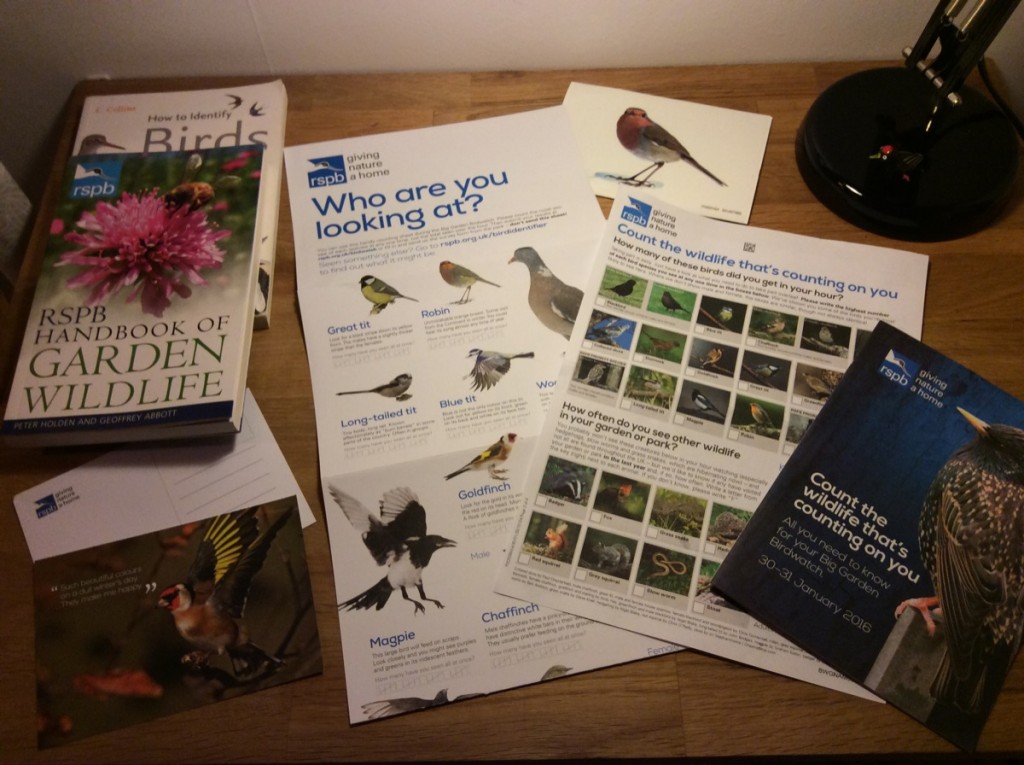
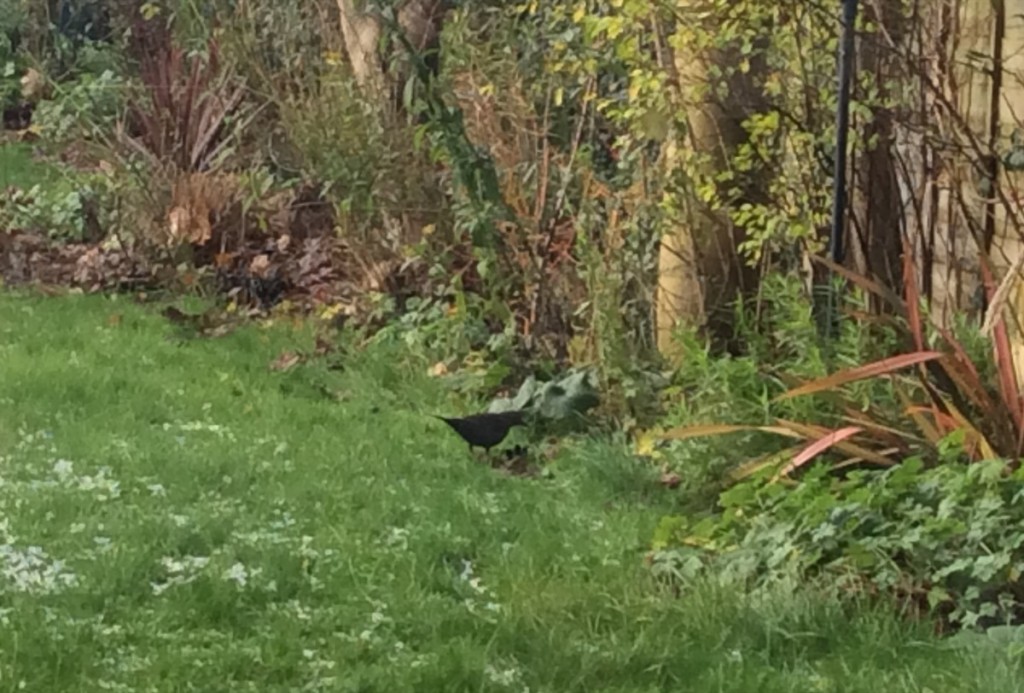
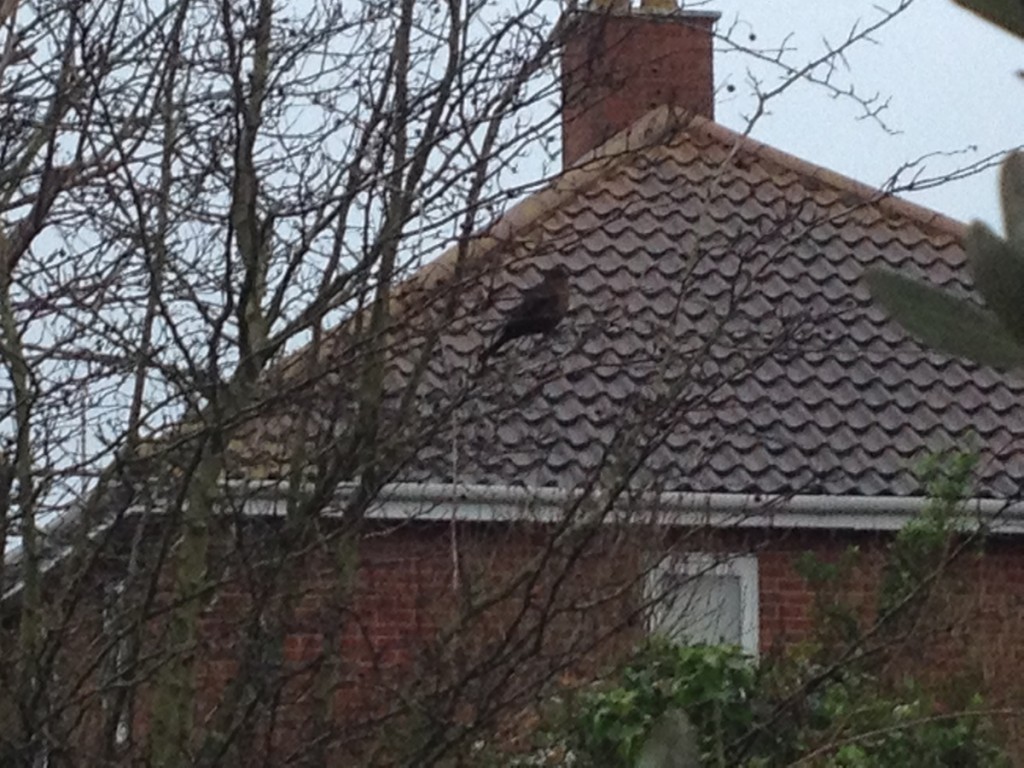
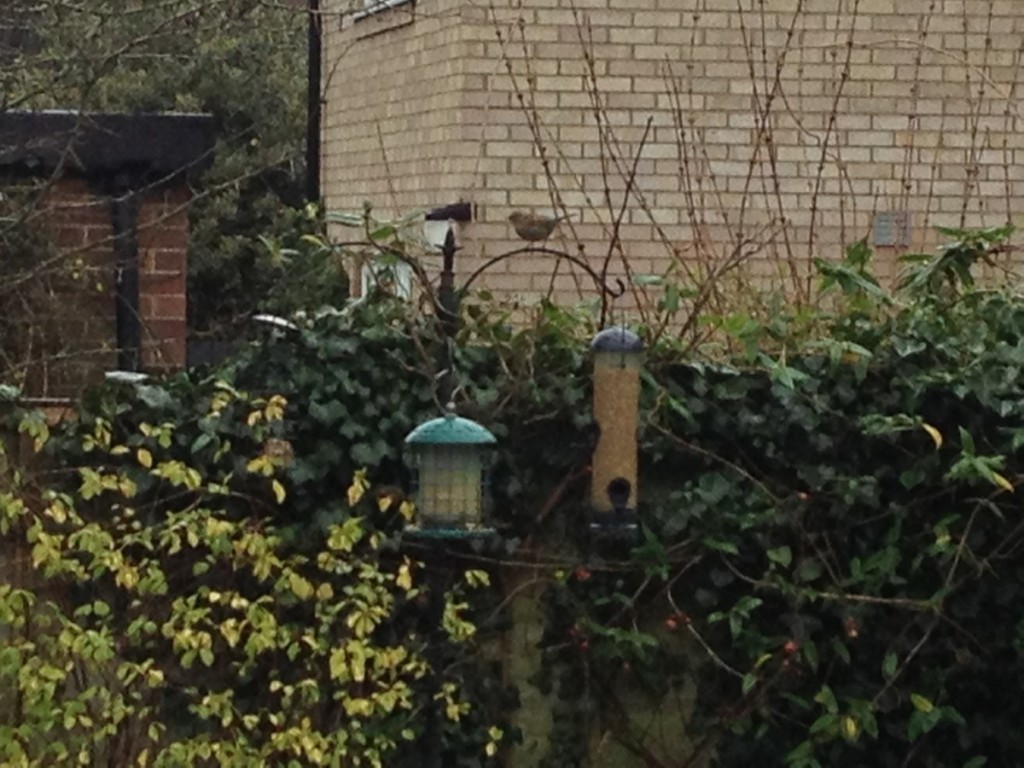
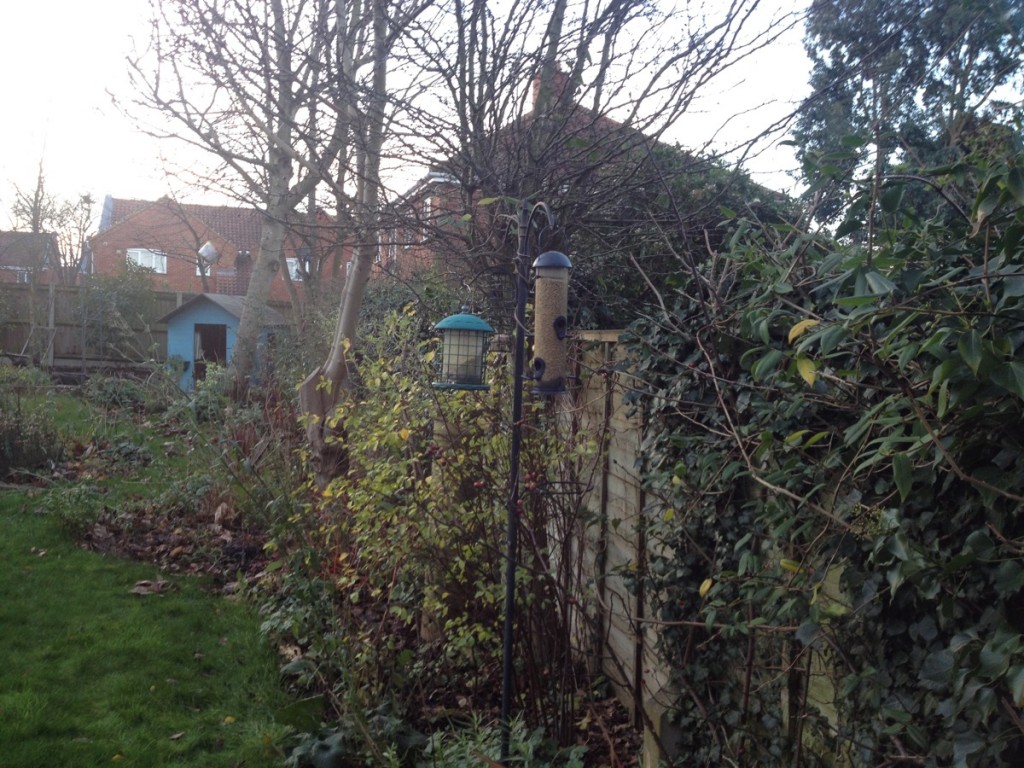
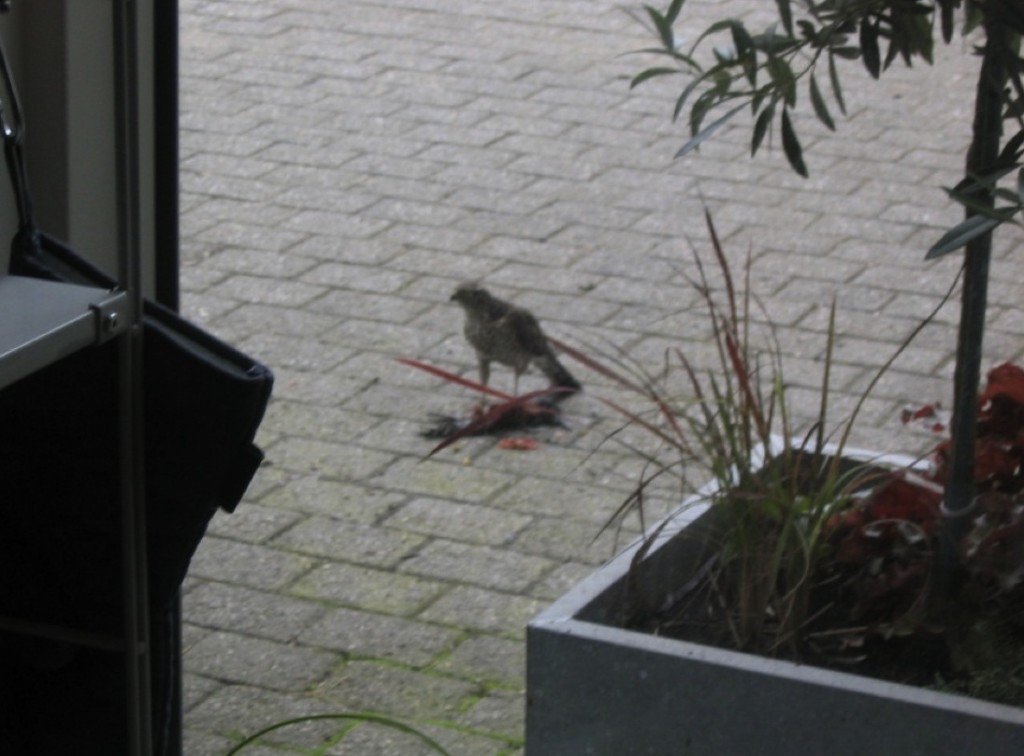
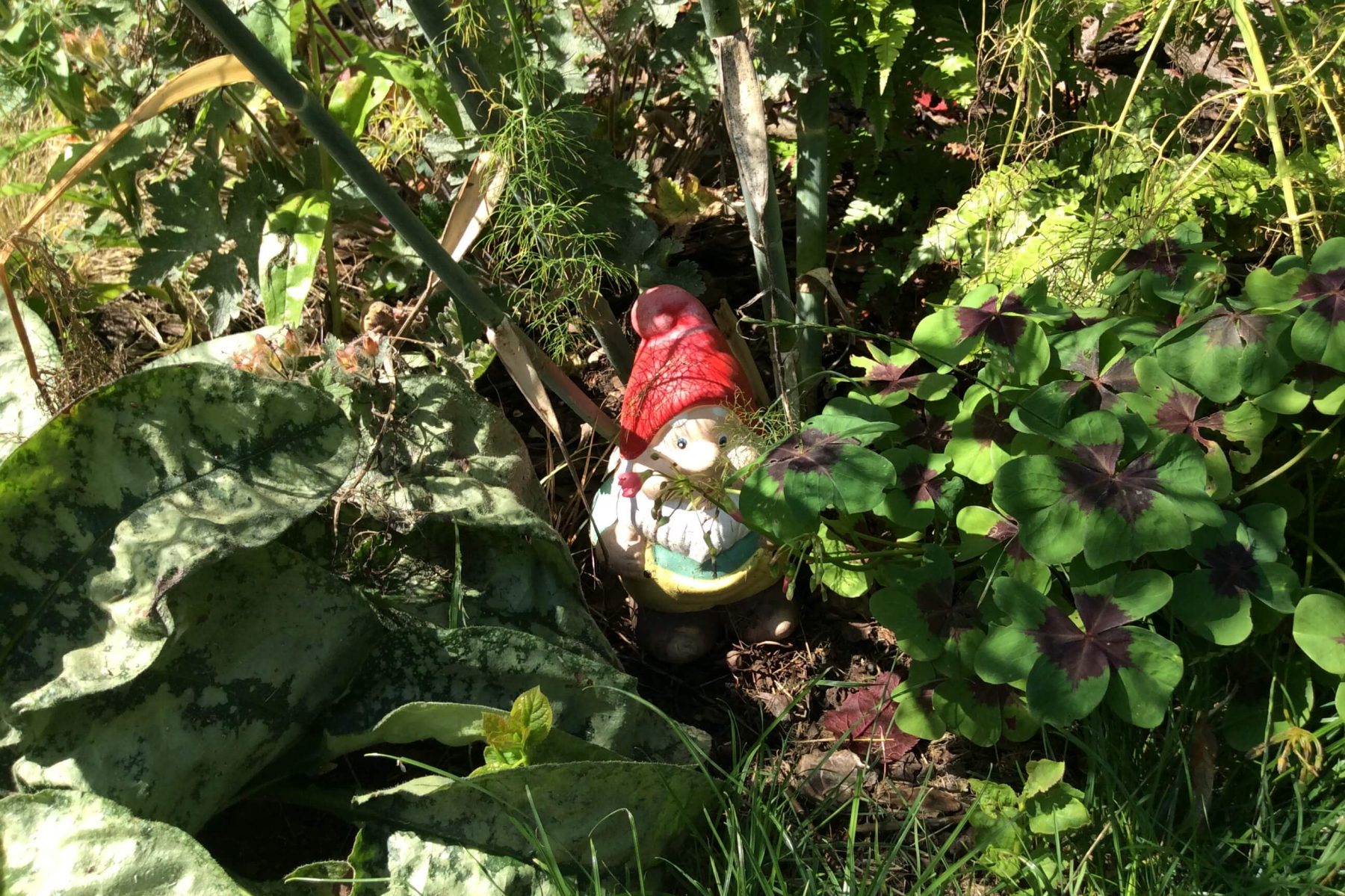
1 comment for “How To Bring Birds To Your Garden”